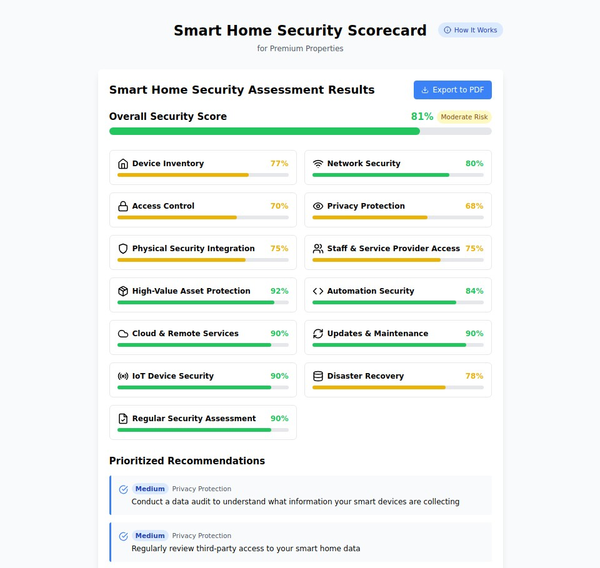Major US Cities and Counties Hit by Cyber Attacks in 2025

Confirmed Ransomware/Cyber Attacks:
1. Abilene, Texas On the morning of April 18, 2025, City of Abilene officials detected that City servers were unresponsive. Around 4 a.m., the City's Information Technology department investigated the outage, and after determining a foreign actor had compromised the City's computer systems, the full network was shut down to prevent any further intrusion or data loss. The City suffered a ransomware attack. They encrypted data and deleted data off our servers. The attackers stole an estimated 477 gigabytes of data and demanded ransom payment by May 27, 2025, but the city refused to pay.

2. Cleveland, Ohio The attack began on Feb. 22, forcing the shutdown of both Cleveland Municipal Court and Cleveland Housing Court for over two weeks. The courts reopened to the public on March 12. A person claiming to be the Cleveland Municipal Court hacker is demanding the court pay a $4 million ransom, or they say they will release thousands of stolen documents containing sensitive information.
3. Mission, Texas The government of Mission, Texas, filed a state of emergency declaration this week after a cyber attack exposed all of the data held on city systems. The city government notified residents of the incident, telling them cybercriminals targeted portions of their network as police officers have lost the ability to run license plates and driver's licenses through state databases.

4. DuPage County, Illinois Several DuPage County offices were the victims of a ransomware attack, officials announced on Monday. County officials say the attack affected the sheriff's office, the 18th Judicial Circuit Court and the DuPage County Circuit Court Clerk's office. The attack was detected around 2:30 a.m. on April 28, 2025.
5. Iowa County, Wisconsin On April 28, 2025, we detected suspicious activity in the County computer network. Through our forensic analysis, we determined that this was a ransomware attack carried out by a malicious threat actor. As part of this incident, the threat actor intentionally deleted a significant portion of the County's network, including backups for certain systems. This attack severely disrupted real estate transactions and property closings.

6. Anne Arundel County, Maryland Government services offered by one of the largest counties in Maryland are still being limited more than a week after it was targeted by a cyber attack. Anne Arundel County, home to nearly 600,000 people and the state capital of Annapolis, first announced the incident on February 23.
7. Union County, Pennsylvania Personal information from Union County, Pennsylvania, residents was stolen during a ransomware attack on government systems. The county published a notice, warning its more than 40,000 residents that the ransomware attack was discovered on March 13.
Additional Cities from Abilene Documentation:
8. St. Cloud, Florida - The Abilene document mentions: City of St. Cloud - St. Cloud, Florida, USA (Osceola County) This morning the City of St. Cloud was targeted by a ransomware cyberattack
9. Baltimore, Maryland - Baltimore, Maryland - Incident: 2019 ransomware attack causing more than $19 million in damages. Update: In May 2025, Iranian national Sina Gholinejad pleaded guilty to charges related to this attack
Previous Year Attacks with 2025 Updates:
- Wayne County, Michigan (October 2024)
- White Lake Township, Michigan (November 2024, $30 million theft)
- Arkansas City, Kansas (September 2024, water treatment facility)
- Richardson, Texas (September 2024)
- Killeen, Texas (August 2024)
- El Cerrito, California (August 2024, LockBit ransomware)

Key Trends Observed:
U.S. ransomware attacks have started the new year up 150% from a year ago. The most active ransomware groups targeting US entities in early 2025 have been CL0P and Akira, while between 2018 and 2024, there were 525 reported ransomware attacks on U.S. government entities, resulting in an estimated $1.09 billion in downtime.
Local governments remain particularly vulnerable due to limited security budgets, less mature security programs and slower ability to adapt to evolving threats, making them prime targets for cybercriminals who see them as easier to breach while still holding valuable data.
The attacks have caused significant disruptions to essential services including court operations, police databases, property transactions, emergency management systems, and public records access across multiple states.











